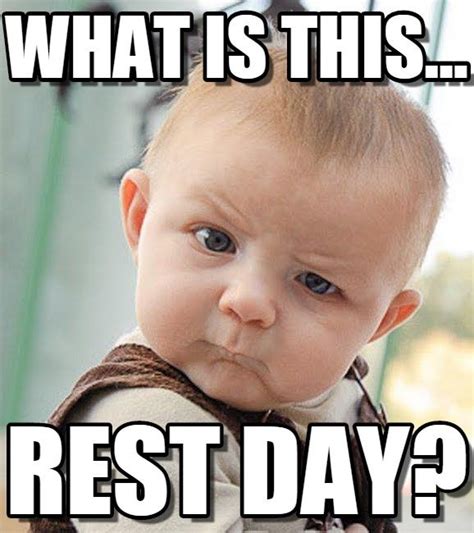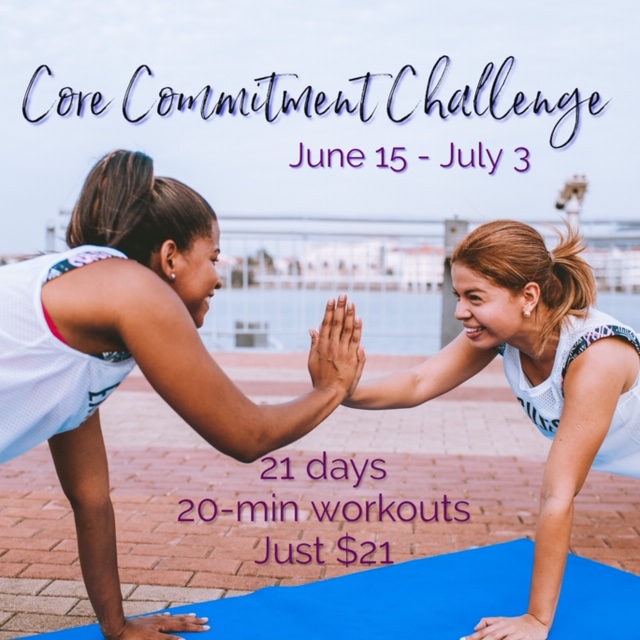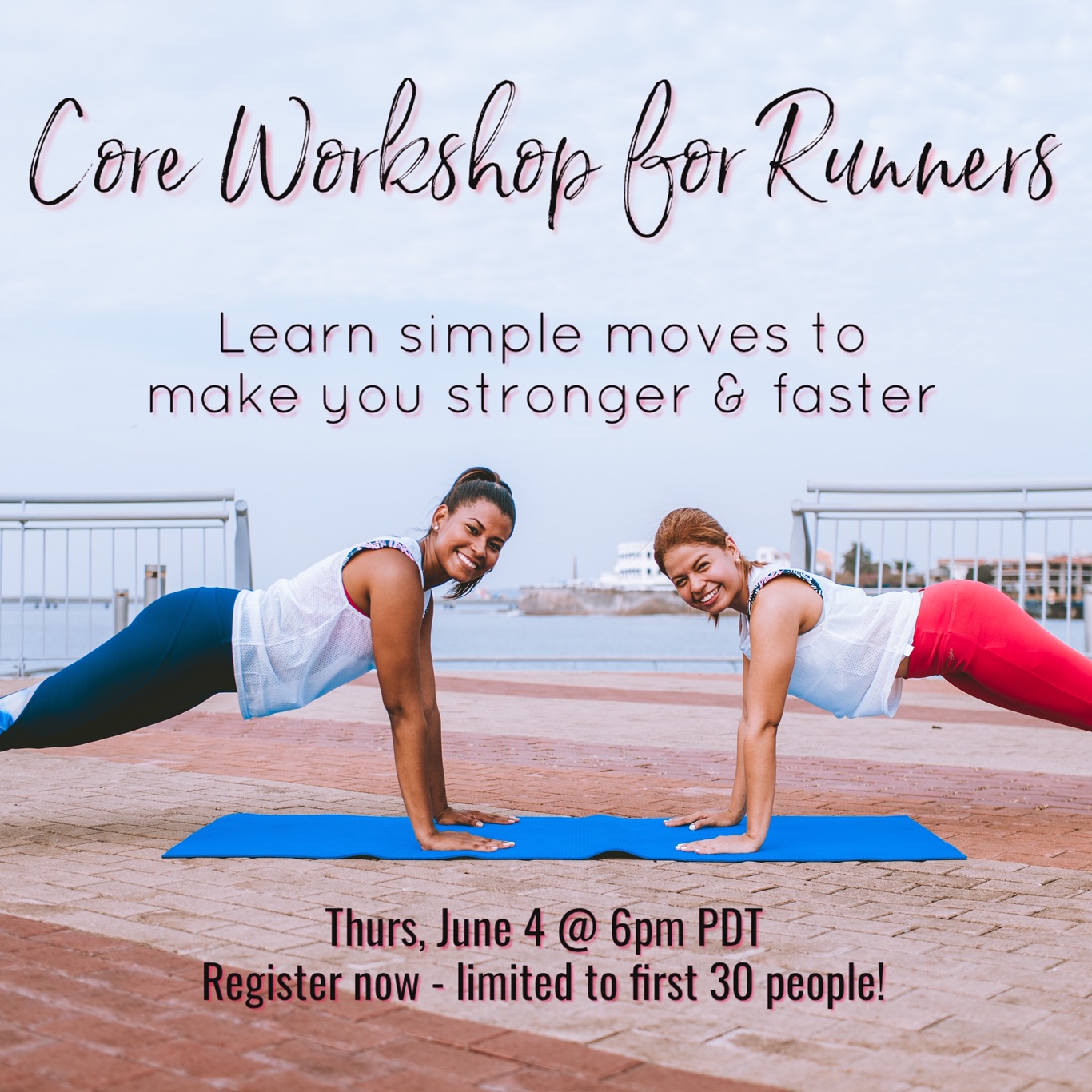
On Friday, April 13, at 8:30 a.m. our family officially became a foursome with the birth of little Willa Rose. I haven’t had much time to devote to the blog (because newborn + two-year-old), but I did want to document her birth story while it’s fairly fresh in my mind (much like her brother’s here), mostly in case she wants to look back on it later.
But first – while we’re on the topic of birth – I wanted to take the opportunity to talk for a second about birth plans.
Can we all just agree that these add a lot of unwarranted pressure on moms? I’m not sure exactly when birth planning became a thing (aside from, “Let’s make a baby!” and “Let’s keep it alive outside of Mom’s belly”), but somehow we’ve come to a place where there’s now a big emphasis on them. So much so that there are all these new pressures, expectations and emotions surrounding the whole birthing “experience.”
Maybe it’s a fear thing; we want to have some semblance of control in a situation that cannot really be planned? Maybe it’s a societal (read: social media) thing; we want to wear some kind of warrior-woman-Earth-goddess status as a badge of honor? Or maybe it’s a gender thing; like all we needed was yet another way for women to feel like they had to measure up?
Whatever the reason, it’s time celebrate and appreciate birth in ALL its forms. Go, us, for growing and bringing a new life into the world!
I bring this up because I, too, got sucked into the hype the first time around – but found that during my second pregnancy (with more perspective or…less patience?) it became annoying more than anything.
I originally hoped to go the unmedicated, vaginal route with Wyatt…but as the saying goes, “man plans, and God laughs.”
As a breech baby, he dictated the plan in the end. And when it was Willa’s turn, my body ended up ultimately calling the shots, as you’ll see below.
So despite my best intentions, both births were out of my control. I fought against the first one and felt feelings of guilt, loss and even frustration afterward. But the second time around I ultimately found peace and rolled with the punches.
I’d even go as far as to say that this most recent experience was amazing – and cathartic. So, lesson learned, and I hope other mamas and mamas-to-be can benefit from reading this!
Now, let’s get to the good stuff – the story of Willa:
Just as with Wyatt, we decided early on not to find out the sex of the baby until delivery day. It was such a memorable experience last time that we wanted the same anticipation and excitement around the arrival of baby number two.
With the exception of added fatigue (hello, toddler), my second pregnancy was, thankfully, fairly uneventful and very similar to my first. Willa’s time in utero was remarkably low-key, marked by swift kicks to my right ribs and nightly hiccups.
Most notable was that she seemed to be following in the footsteps of her big brother by hanging out in a breech position. Up until week 33 or 34 I had resigned myself to the fact that we were headed for another scheduled c-section (I had been hoping for a VBAC but knew it wasn’t a guarantee).
Unlike her brother, however, a third trimester growth scan revealed that baby had flipped into the head-down position. This was also about the time she also started pressing on my sciatic nerve. Any exercise – or even walking, for that matter – came to a grinding halt, which was interesting because right up until that point running actually felt great!
With a few weeks left, I was thrilled to make a game plan for a VBAC attempt. I say “attempt” because they call it a “trial of labor” in the hospital consent form. Regardless, it was exciting because I was really hoping to avoid another c-section – mainly because A) I didn’t like feeling so drugged up after the first one, and B) I was worried about a more complex recovery with a toddler at home (you’re not supposed to lift anything heavier than baby for the first few weeks).
But as soon as I re-packed my hospital bags and wrapped my head around a new kind of birth, my body decided to throw us for a loop in the form of rapidly rising blood pressure – aka gestational hypertension – around week 37.
So fast forward to week 38. and my c-section-turned-VBAC “birth plan” changed once again. After testing for pre-eclampsia (negative) and spending in Labor & Delivery being monitored (her heartbeat dipped on the doppler during a routine visit, but it turned out she was fine), I was given a deadline by my OB: baby needed to come in the next week.
Now all that was left to do was make a game plan for getting her out safely.
Option one was to induce, but since I had a previous c-section we were limited in the range of drugs we could use (basically just Pitocin to stimulate contractions). But since I wasn’t dilated yet and we couldn’t use any medicine to soften my cervix, my OB calculated pretty low odds of success. Option two was to schedule a repeat c-section.
When I pressed (pleaded!) for a third option – buying more time for baby to come on his/her own – my OB cautioned strongly against it.
After plenty of tears (hello, hormones!) and time spent processing the situation, I decided that the best decision for me and baby would be to opt for a repeat c-section.
It wasn’t an easy decision by any means, and I won’t lie and say I wasn’t disappointed after getting my hopes up for a VBAC…but in the end, it just made sense to prioritize both my and my baby’s immediate health over being able to say I attempted a vaginal delivery.
Once that was settled, I felt as if a huge weight was lifted. We could start planning for the big day (Friday the 13th was wide open in the surgery schedule – go figure!). So once again I re-packed that hospital bag and hoped for the best.
Surgery was scheduled for 7:30 am, so Ben and I arrived at the hospital by 5:30 am to get prepped. Driving in the car that morning, we were still going through baby names; the girl name we were pretty much settled on, but we were still going back and forth between several for boys.
Walking into Labor & Delivery, the nurses greeted us with a warm, “Hey, you’re here to have a baby!” which felt as surreal as the first time we were there…since I wasn’t actually in labor. But once I was in our hospital room with my gown on, things got real – really quickly.
My IV was probably the most painful part of this whole process! It took my poor nurse four or five attempts, apparently because the high blood pressure was making my veins “squiggly.” Each time she inserted the needle and catheter, I felt a strong nerve-y ache (and the resulting bruises took as long to heal as my incision).
Once that was done, the anesthesiologist stopped in to talk about the epidural (side note: I had a spinal the first time, but apparently there’s a shortage of that medicine and/or they’re switching to epidurals for c-sections anyway…at least at my hospital). I was nervous because this was all new to me, but he walked through the process and answered my questions patiently.
Getting the actual epidural was interesting – I don’t know how you ladies do it while in labor! They raised the bed up high and had Ben sit in front of me and hold my arms as I hunched over a pillow and held still. Neither the numbing needle nor the catheter were painful, but I felt a weird twinge in one hip at a point – nothing unbearable, though.
It was neat being able to compare my previous spinal to the epidural, too. The spinal was one quick shot and took effect almost immediately (feels like your legs are warm and falling asleep), while the epidural was a much longer process – both in how long it took to set up and take effect. They did a test to see if it was working before wheeling me into the operating room – and then it was go time!
I’m not sure if it was a difference in drugs or just knowing what to expect (I was nervous both times; it IS major surgery, after all), but I felt much more coherent in the OR this time around.
The anesthesiologist cranked up my epidural, the nurses did their final prep and my doctor got to work almost immediately behind the drape. Ben got to come into the room a few minutes later and sit by my head.
With Wyatt, I remember more tugging and my body being rocked back and forth, but absolutely no pain; with Willa there was a lot less movement, but greater pressure as they pushed her out – maybe because the babies were in different positions?
There was also a point where I could start feeling sensations of some of the tools in my abdomen. I had a moment of panic, alerting the anesthesiologist, and he adjusted my medication quickly.
We also opted again for the clear drape during surgery. I’d definitely recommend this if you’re having a c-section! Don’t worry – you won’t see any actual surgery, but they’ll drop it when the baby comes out so you’ll get to see him or her immediately through a clear plastic window, which is wonderful.
In a matter of minutes, Willa was on her way out; my doctor held her up to the drape for Ben to call out the sex. A short pause later he said, “It’s a little…girl? IT’S A GIRL!”
After wiping her down, checking her vitals and swaddling her, we got to get in a few minutes of cuddle time as I was being put back together and sewn up. Those first few moments with a new baby never cease to leave me in awe of the miracle of life.
Once my doctor was done, we rolled over to recovery for about an hour and a half for monitoring. The best part of this was uninterrupted skin-to-skin; those fresh-out-of-the-womb snuggles are second to none – the drugs didn’t knock me on my butt this time, thank goodness, but I was definitely riding a ‘mom high!’
Once we were back in our room, Ben and I spent the next few days getting to know Willa, re-learning how to care for a newborn (thank you, L&D nurses!) and introducing her to family (big brother, most importantly!).
Recovery from surgery went so smoothly that they gave us the option of being discharged a day early, although we opted to stay in for an extra night to make sure I was back on my feet (plus Willa was fighting through some jaundice). But before we knew it, we were packing up to head home to begin our life as a family of four.
Since then, it’s been an adventure, but Mama is slowly but surely learning the ropes handling two while Dad’s at work!
It’s easier with your second in that you know generally what to expect – and that babies are more resilient than we give them credit for. But it’s also tougher in that there are few breaks between toggling back and forth between a newborn and toddler – basically two “babies.”
The only way I can describe the first month home with two kids two-and-under is pure chaos. But we survived, thanks to family for pinch-hitting with babysitting and friends who brought meals, and each week it gets a little bit less intimidating being at home and outnumbered.
Fortunately, Willa’s a very mellow baby, too – we have been blessed with a good eater and sleeper this time around – so she’s very forgiving when Wyatt needs some special attention from Mama.
And while it’s tough to carve out much time for myself, I’ve been focused less on how quickly I can return to working out and more on how to do so safely. Which means that nearly three months out I have yet to do much beyond walking, but I’ve been doing plenty of rehab work with my PT, as well as other post-natal health and fitness experts.
If you’re a new mom (or any mom, for that matter), I can’t stress enough the importance of re-building a strong foundation before you jump back into training. More on that soon because this topic deserves its own post, but if you have any questions in the meantime please feel free to reach out and I can answer based on my personal experience or direct you to someone who can help!
Because there’s one truth that’s constant regardless of how many kids you do (or don’t) have: if you don’t take good care of yourself, how are you going to help care for anyone else?!











